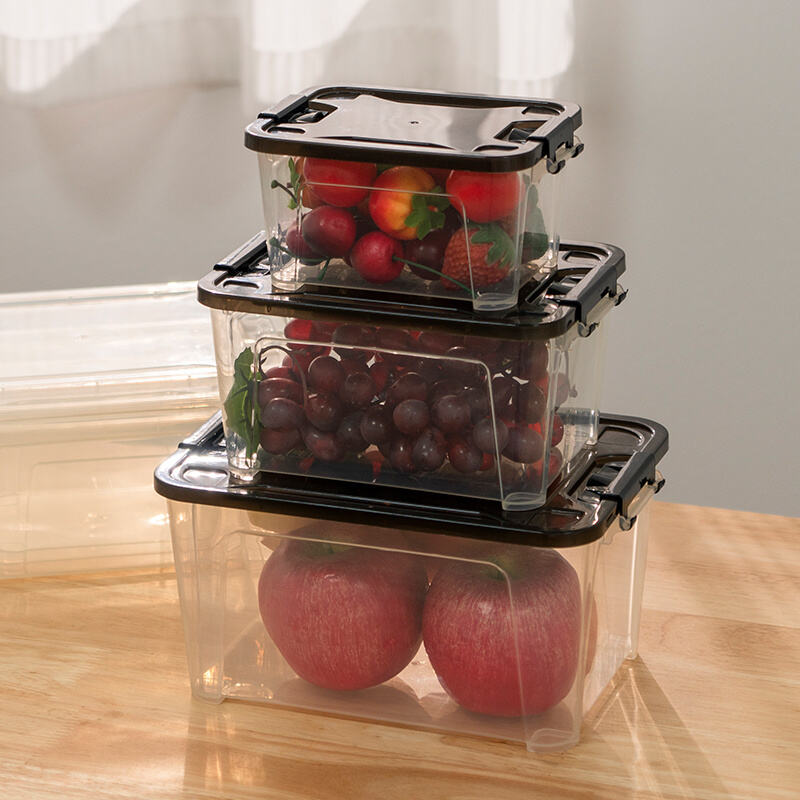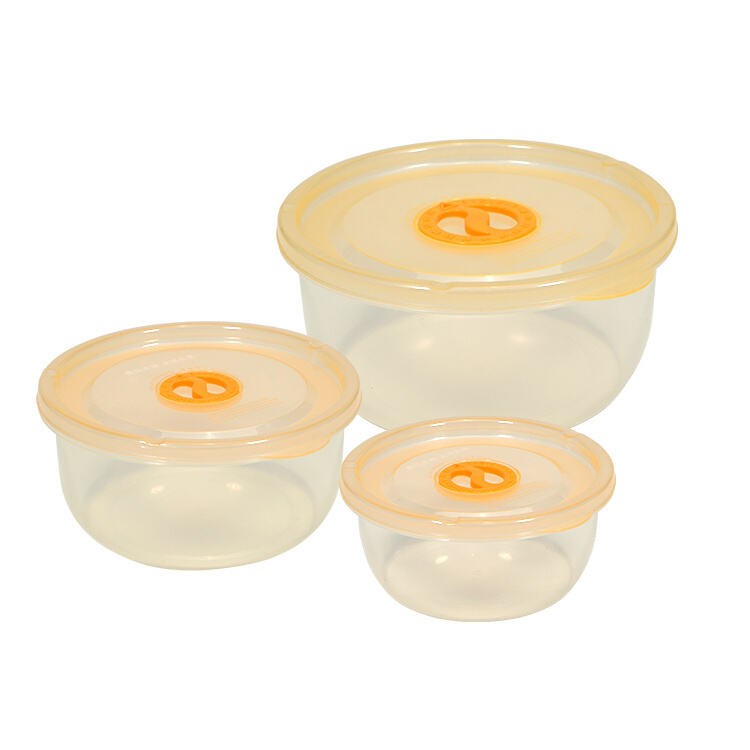Address
SHUNXING PLASTIC FACTORY was established in 1988, specializing in the production of various household plastic products.
Waipu Industrial Zone, Fengxiang Chenghai Dist, Shantou City, Guangdong Province, China
If we are asked to think of any food containers, our mind visualizes plastic containers. Plastic food containers have a multitude of popularity and for good reason. They are portable, that is to say easy to transport and they come in an array of sizes and shapes. And that's what makes it a very useful if you want to store all kinds of food. But despite its fine qualities, there are also bad things about food containers made of plastic. This article will examine the pros and cons of collapsible plastic basket, their safety when in use, potential environmental impacts and proper cleaning and storage practices.
Plastic food containers are one of the cheapest things there are. They are relatively cheap compared to containers made from glass or stainless steel. So many can purchase them, they have become staples in kitchens all over. Plastic containers have the added benefit of being extremely lightweight, so they are easy to transport along with your food if you happen to be bringing it somewhere, such as a picnic or a sleepover at a friends. It had many different shapes and sizes, too. Because of this variety, you can maintain food in different measures, over allowing what you use for yourself.
But, collapsible plastic crates with lids also have some disadvantages. Another big downside is that they aren't as robust or longlasting as some other materials. Plastic containers will easily crack and break if you accidentally drop them. Which inevitably results in one of those spills or messes we all want to avoid adding to. Moreover, plastic containers may also get stained from the food inside them, and they tend to absorb fragrances too, thus becoming a little unpleasant with time. Relevant: With plastic containers – hot-acid food will get poisonous chemical in your foods. This can be alarming since it is not healthy for you.
The plastic food container quality should also be the second most important subject you consider. Plastics vary widely in their safety for food storage. Polypropylene (PP) and high-density polyethylene (HDPE) are the safest types of plastic for food storage. These type of plastics do not leach any toxic chemicals into your food so they are ideal for making sure that you can keep your meals healthy.

Plastic food containers are great as you can reuse them for many, many years to come. Reducing food waste is a win not just for businesses but also for the environment. Using Plastic Containers To Store Leftover You can use plastic containers to store leftover food for longer period of time, since this keeps your food fresh and prevents it from spoiling for a while. For instance, by separating your leftovers in plastic food containers this will save you money for not needing to purchase new takes yet again each period you have meals that require saving.

Pollution and environmental issues: Powders in plastic containers are a major problem, polluting the environment with single-use plastic food containers. These containers create a lot of waste by using them once and tossing them away. Such waste frequently winds up in landfills or even our seas where it causes harm to wildlife and the world. Since plastic does not decompose for a hundred years, it takes even time in the nature making trouble to animals and nature.

So, cleaning your plastic food Containers and storing them in a right way is an important step. This will let them live longer and also keep germs and bacteria away from it. The first step to cleaning out your food containers is to wash them in hot soapy water. This will assist in removing any residual food and debris. If you want an even more thorough clean, they can also be disinfected with a solution of white vinegar and water. Once you clean them, dry them completely before putting them away — moisture means mold or smells.